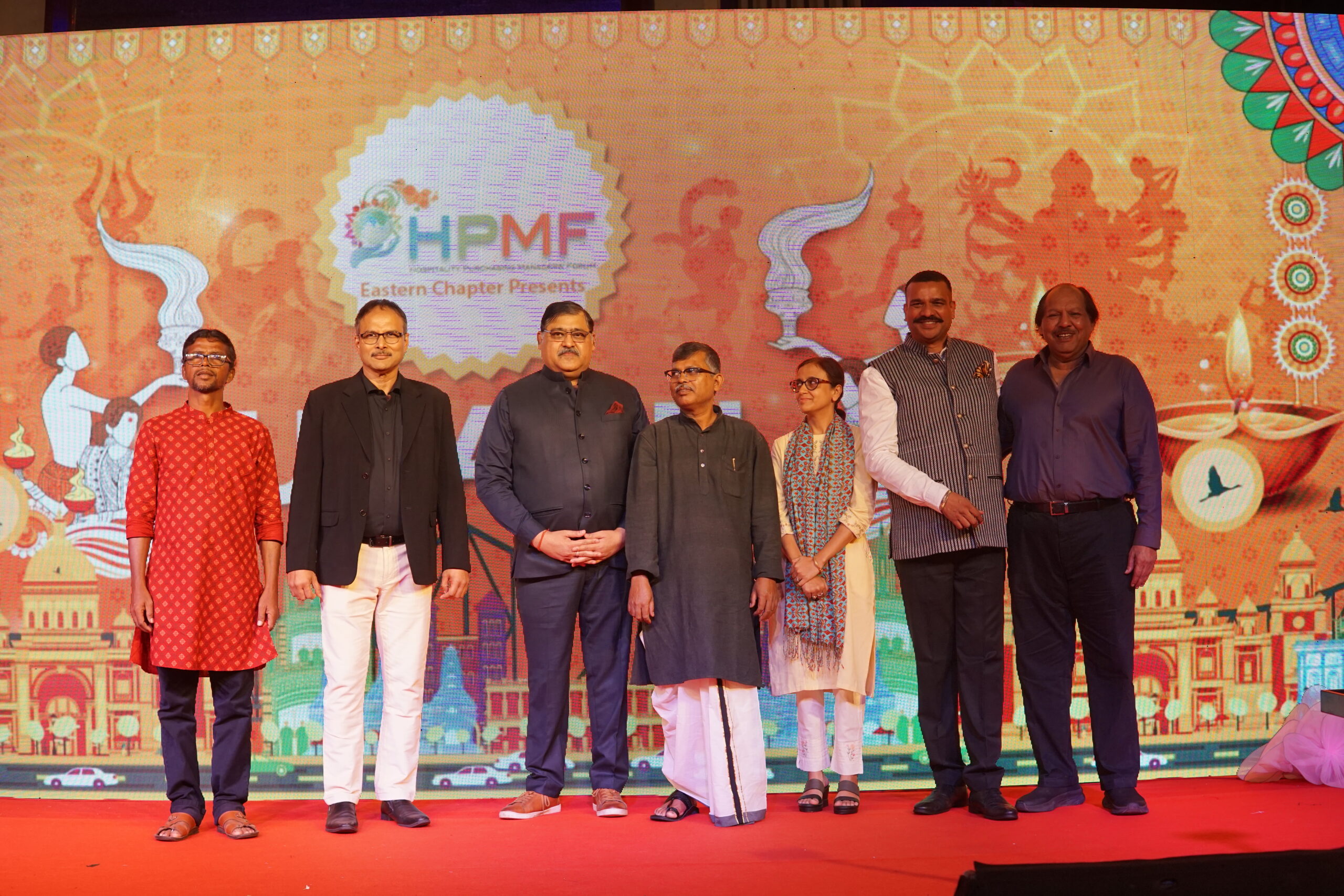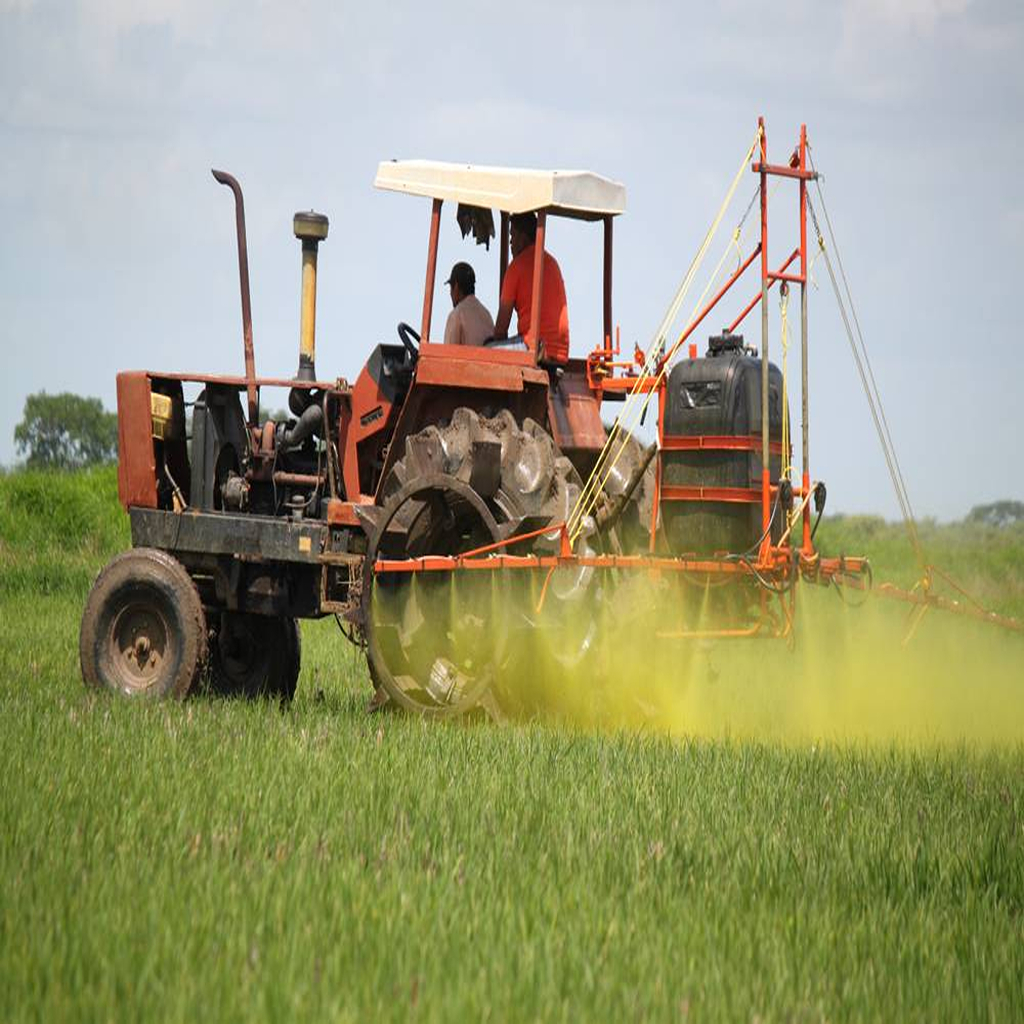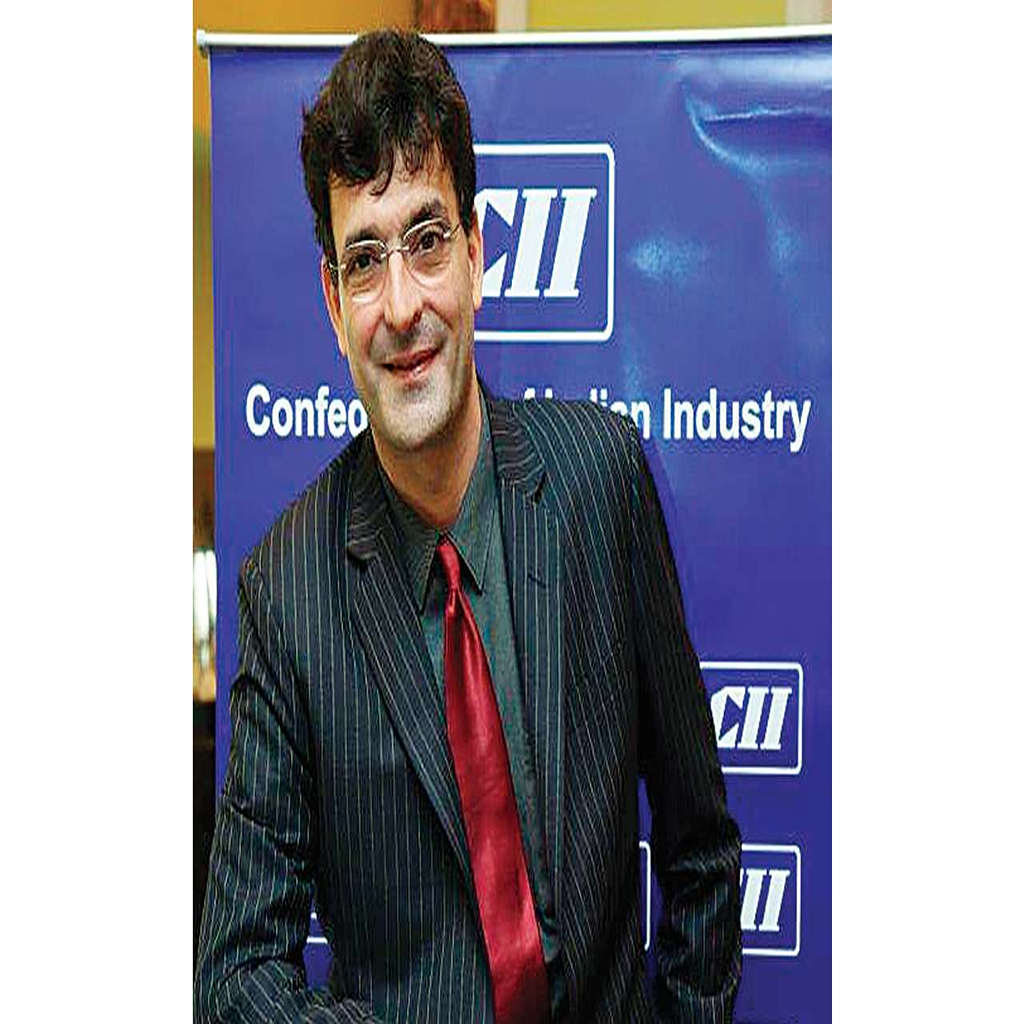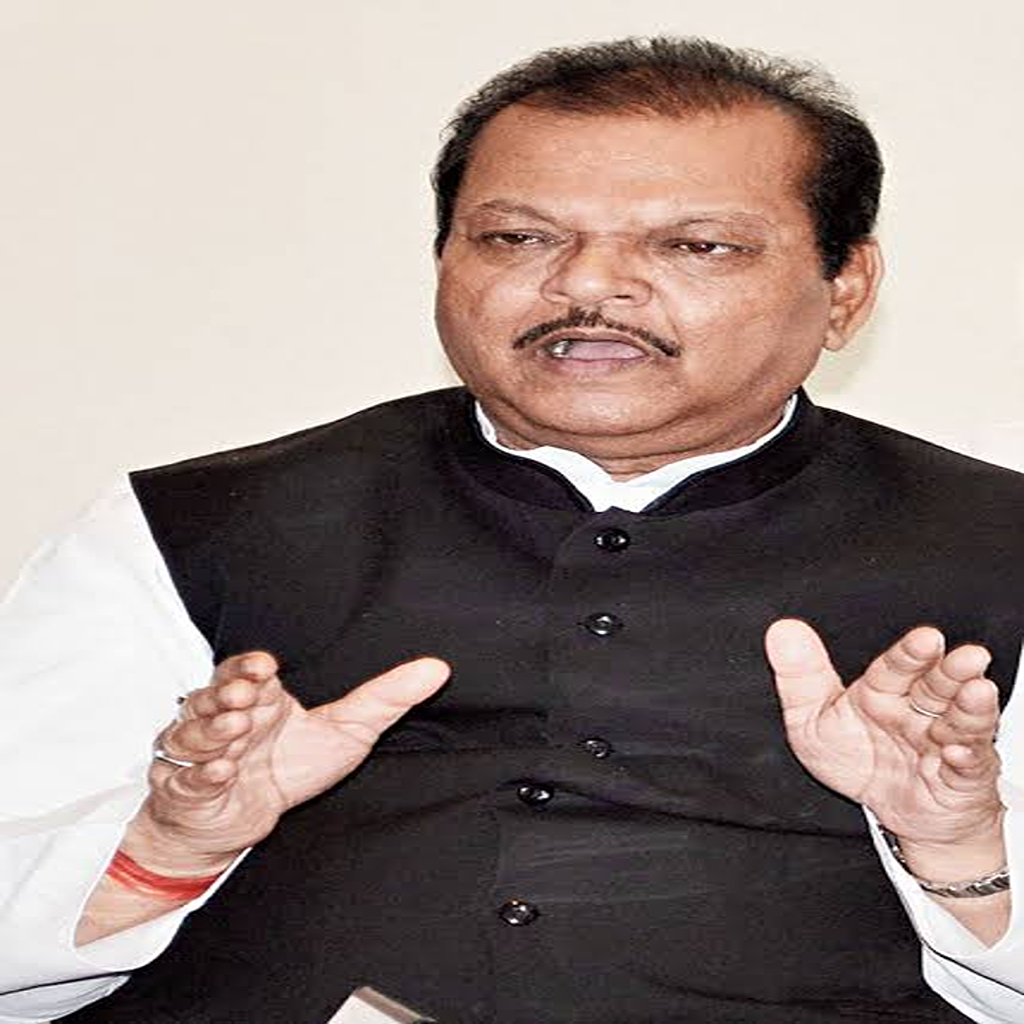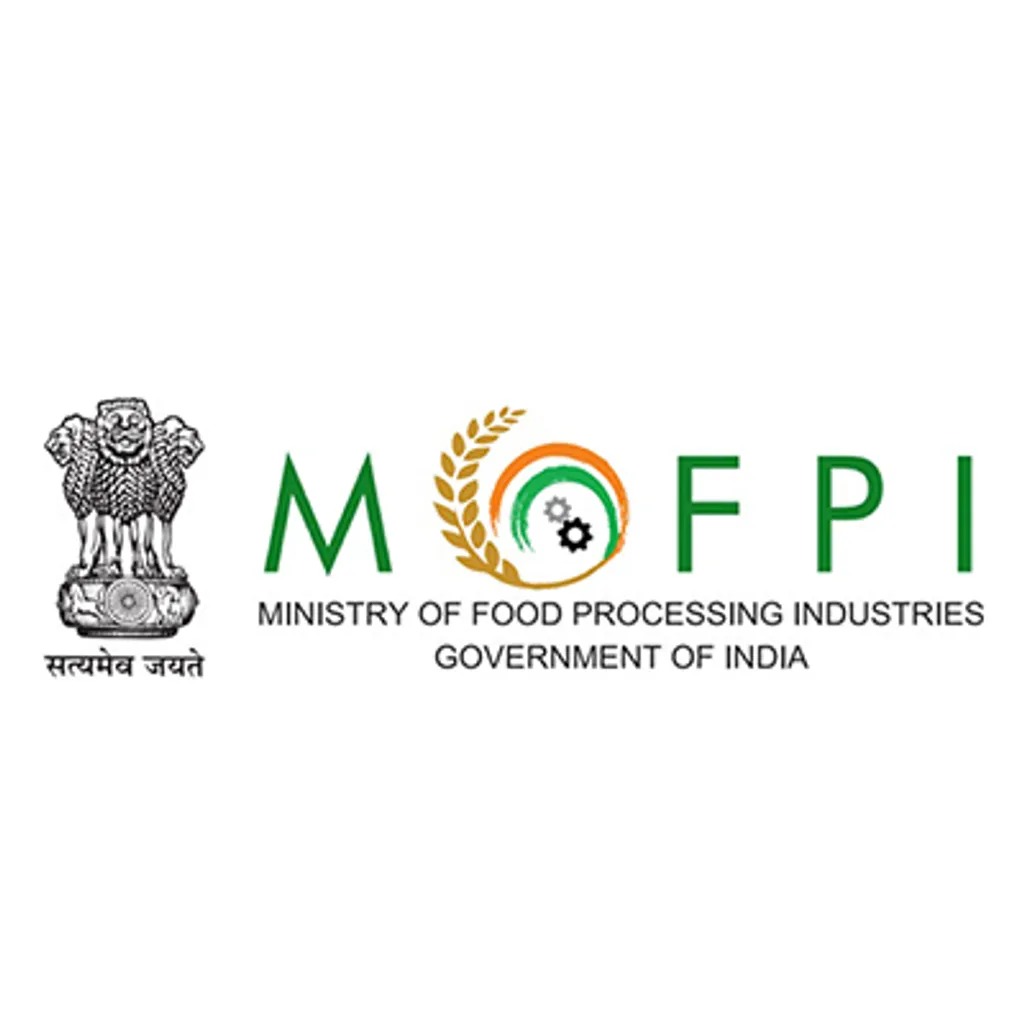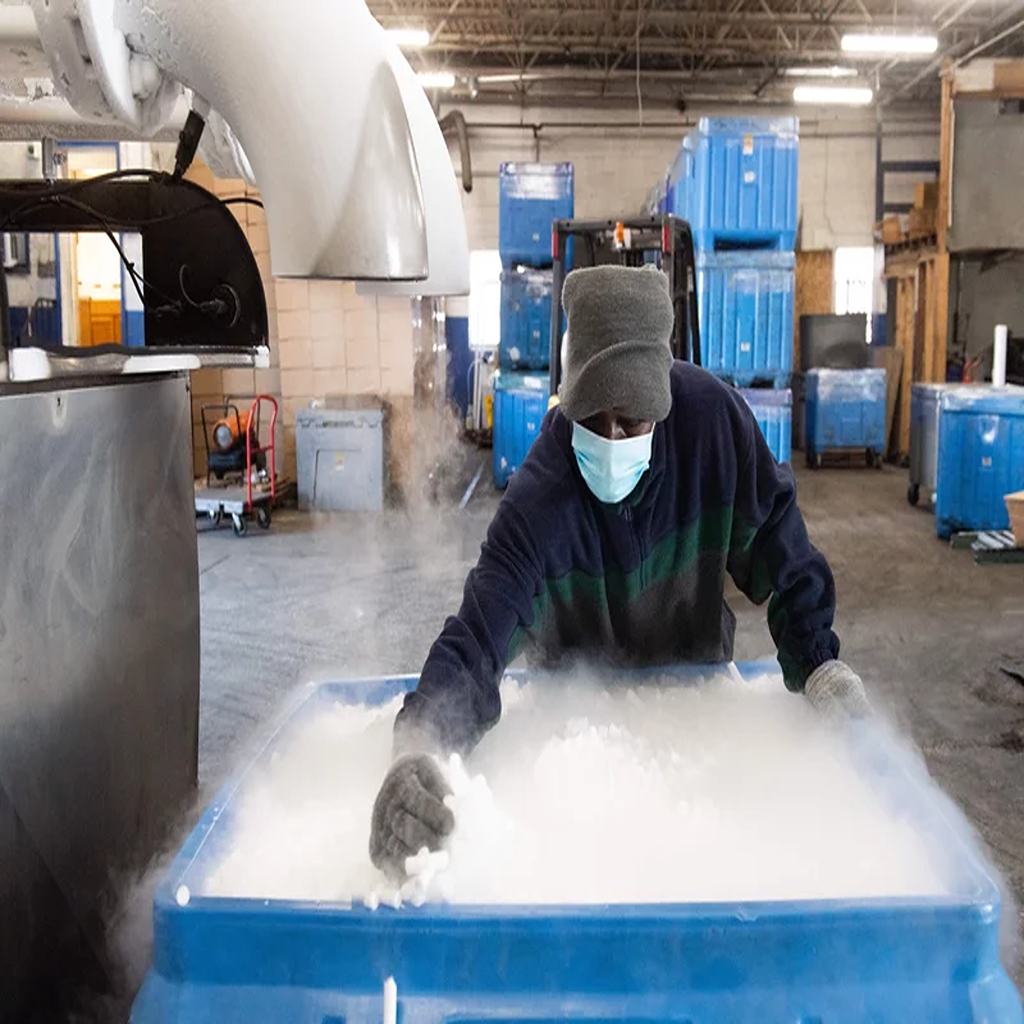
The current pandemic might have caught the nation all off-guard and resulted in a lockdown, but it has also been resulting in people making conscious and healthy choices while buying daily essentials for their consumption– giving rise to the frozen food sector. According to the latest report by IMARC, the frozen food industry in India is spreading its wings by the passing day and expected to expand at a CAGR of around 17% during 2019-2024. Catering to the growing demands of people and contributing to the booming industry, U.S. Soyabean Export Council organised a Cold Chain Webinar on Frozen is the New Fresh. The webinar focused on frozen Poultry being safe and further strived to educate people, especially traders, about building an adequate environment for frozen cold storage and transportation system.
The event was steered by experts of the trade industry such as Manjunath MS, Advisor Cold-chain Consulting; Daniel Kaplan, Representative, Treasurer and Board Member World Food Logistics Organisation, Virginia, USA; Pankaj Mehta, Managing Director, Carrier Transicold; Harshal Surange, Chief Consultant, ACR Project Consultants and Rajiv Jaisinghani, Managing Director, Darshan Foods Processing.
Even after the slump faced by the nation economically, the frozen food sector has been seeing an upward spiral, growing by the passing day as people grow health conscious. With the increased business and frozen food consumption amongst people, it’s only wise for the trade associations of packaged food to come together to acknowledge people’s preferences and cater to them accordingly. Addressing the same concern, the session focused on how the traders around us are taking appropriate measures and maintaining high hygiene and quality standards. The industry leaders are not only storing the frozen meat rightly but also transporting it via the cold supply chain after screening and passing various tests.
The webinar talked about frozen food preservation techniques and how the nutritive quotient is maintained without being affected by the external factors due to a controlled temperature and environment. Discussing the refrigeration systems and other methods such as thermal insulation, the experts were observed elaborating on different techniques to maintain the desired temperature until the meat was delivered to the patrons’ doorstep and how people could thaw it in an appropriate manner for best consumption.
Elaborating on the refrigeration techniques, Pankaj Mehta, Director, Carrier Transicold, steered the webinar and discussed how the distribution of transport refrigeration is significant and how the traders are relentlessly working to serve the customers with fresh food. He emphasises on using High K-factor box, innovative cooling equipment, temperature monitor solution and a well-spread service network for efficient transport refrigeration. Good air distribution is also an important factor to maintain the adequate temperature of the contents inside it and reduce the chances of product deterioration.
The session threw light upon how the pandemic is making us adapt to changes and adjust to the crisis to survive through it. However, one of the things that COVID-19 brought out was the significance of frozen meat, which further inspired the doyens of the industries to come forward and serve their customers as they provided Fresh On Demand. Along with various other benefits, frozen meat is known to have a longer shelf life with its nutritional values intact. Moderating the session and introducing the audience to the same, Manjunath MS, Advisor, Cold-Chain Consulting said, “The industry understands the requirements of its customers and their need for eating healthy. Thus, the traders make sure that the meat that they consume is properly processed, keeping in mind the guidelines of FSSAI. The food undergoes various processes extending from storage to transportation and distribution until it finally reaches the refrigerators of the customers. But along with all these extensive processes, there is one more significant process to be taken care of at the end of the patrons and that is thawing.”
Supporting Manjunath’s statement, Daniel Kaplan, Representative, Treasurer and Board Member World Food Logistics Organization, Virginia, USA, further explained different ways to maintain the cold storage and keep the meat fresh. Daniel is an experienced industry leader and has been working in the sector from the past 30 years, rendering his services for the best of the people.
Earlier, the high costs of processed food items posed a major challenge for the sector to grow. However, with the rise in health-conscious and self-aware people in society, has entirely transformed the face of the industry. People have started preferring quality over higher costs and the traders are also taking utmost care of the involved processes and monitoring of the frozen food to the best of their capabilities. Indian Frozen food market is expected to be growing at 17% between 2019-2024 as per CAGR. While the sector sees potential for growth, supply chain measures if maintained well will see an exponential rise by having the right contingency plan, best loading practices, trained and qualified professionals and transport management software. The temperature-sensitive products are transported cautiously as the supply chain uses different packaging and shipment measures to maintain their freshness and prevent them from losing their nutritional values.
The cold chain supply in India was at a nascent stage until now, however, with the change in consumer buying patterns and health choices, it is growing well by the passing day. Encouraging healthy food, the industry is yet to upend. The enhanced processes and high standards of trade will eventually contribute to the growth of the country, making India be competitive internationally and looking forward to becoming a healthier, successful nation.


